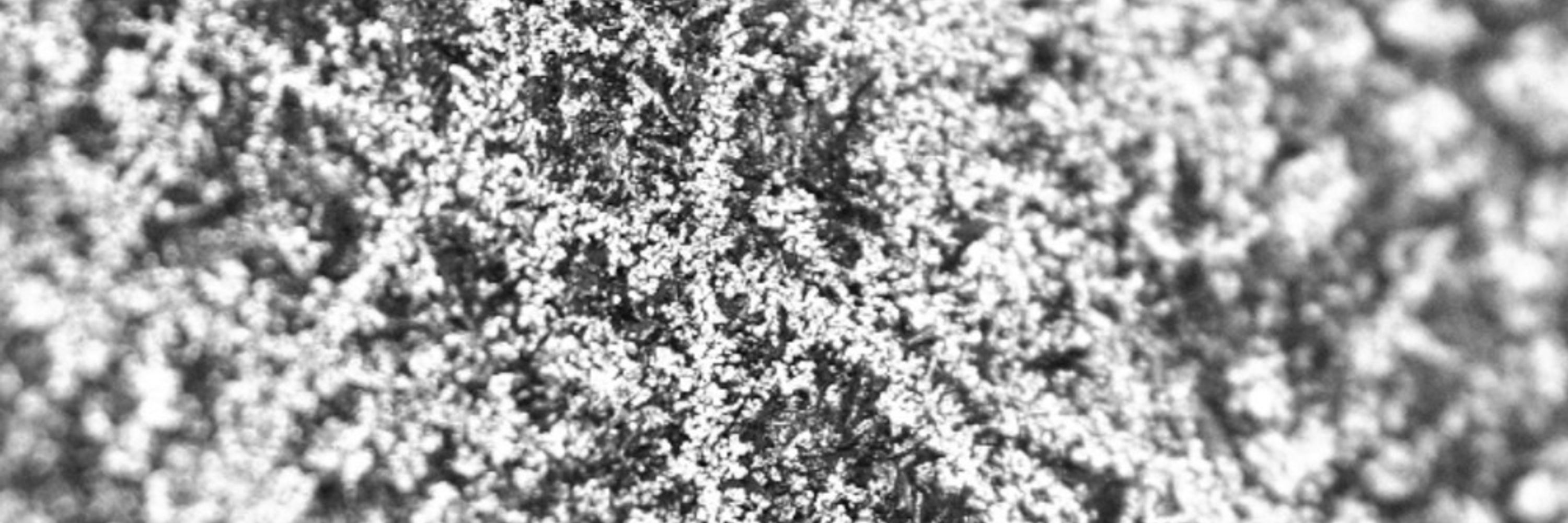Toby Woods
@tobyjwoods.bsky.social
760 followers
110 following
30 posts
Honorary research fellow @Monash and @UniMelb. Previously postdoc @ Monash Centre for Consciousness and Contemplative Studies, PhD @UniMelb, lawyer @Allens. Science | Philosophy of mind | Meditation | Consciousness | Spontaneous thought/experience
Posts
Media
Videos
Starter Packs
Toby Woods
@tobyjwoods.bsky.social
· Feb 1
Toby Woods
@tobyjwoods.bsky.social
· Dec 10
Toby Woods
@tobyjwoods.bsky.social
· Dec 10
Toby Woods
@tobyjwoods.bsky.social
· Nov 22
Toby Woods
@tobyjwoods.bsky.social
· Nov 21
Toby Woods
@tobyjwoods.bsky.social
· Nov 21
Toby Woods
@tobyjwoods.bsky.social
· Nov 20
Toby Woods
@tobyjwoods.bsky.social
· Nov 20
Toby Woods
@tobyjwoods.bsky.social
· Nov 20



